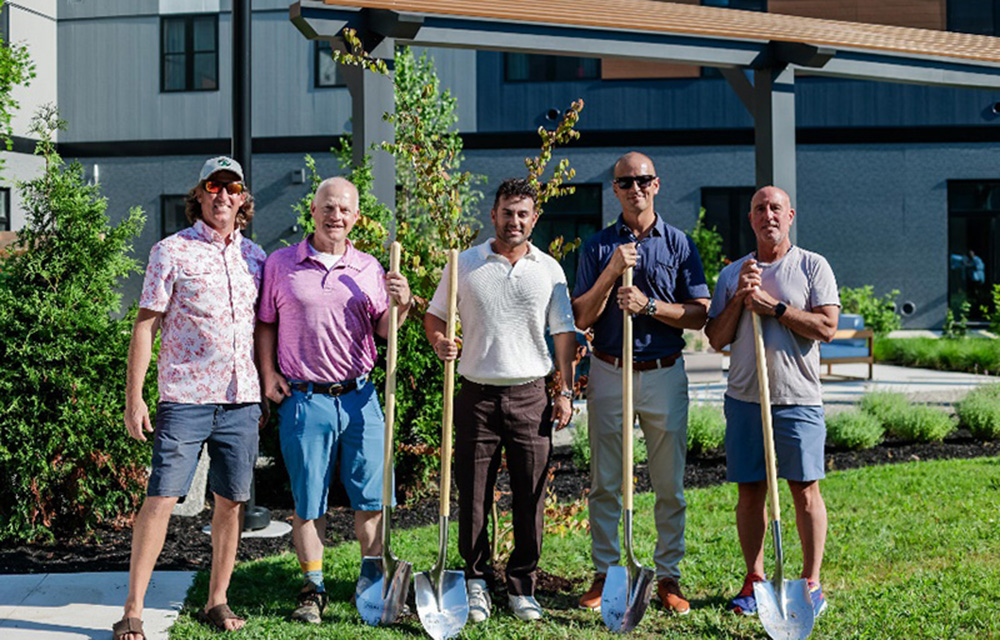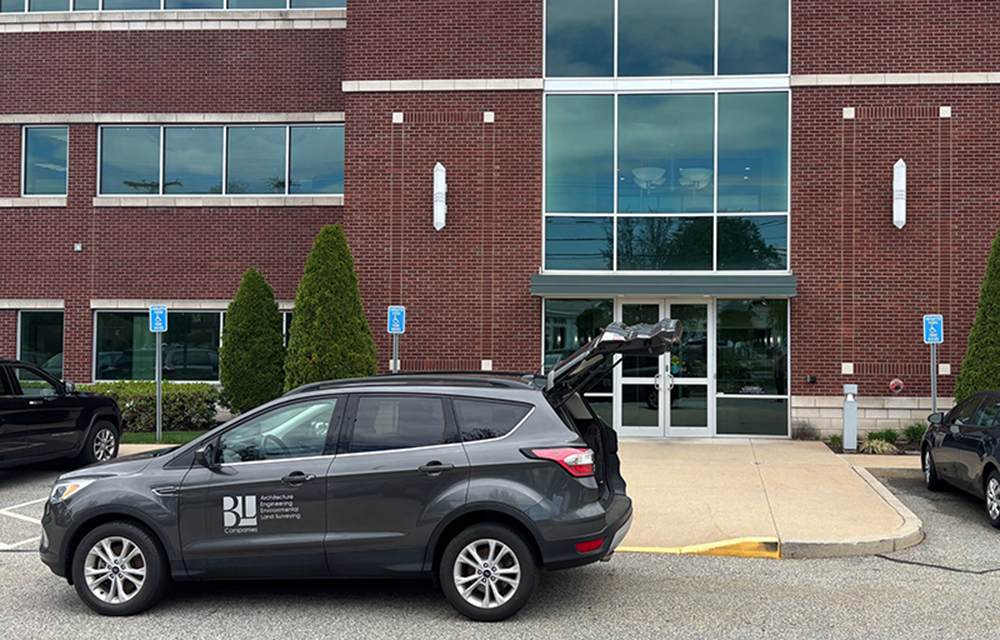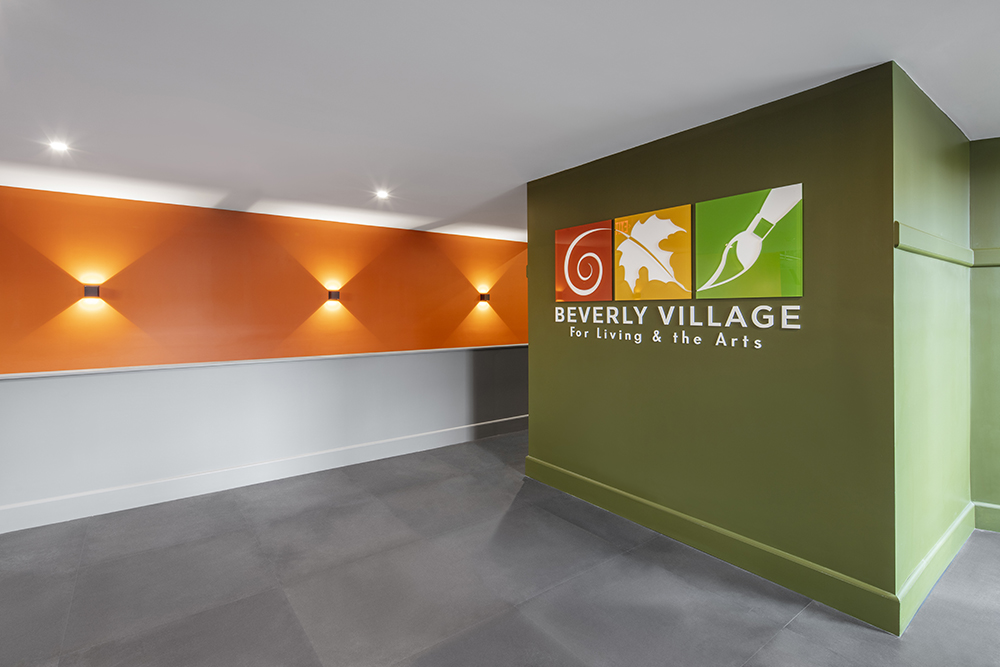News: Construction Design & Engineering
Posted: September 18, 2014
Strategic lease negotiations lead to real savings
Given the current state of the real estate market, landlords should consider all possible options related to lease negotiations. When entering into a lease, one of the most significant items to negotiate can be tenant improvements. The most common approach has been a tenant improvement allowance negotiated in the lease agreement. Typically this is a non-taxable event to the tenant and the landlord would depreciate the improvements over lives ranging from 15-39 years. In the not so distant past, many landlords paid for the entire cost of the improvements. They were able to take advantage of the "bonus" depreciation rules. These deductions were a great benefit to those who qualified for them. Now, with the expiration of these provisions, it is in the landlord's best interest to be strategic about these negotiations.
So what else can the landlord do to gain the best tax result for the dollars they plan on spending? Here are a few suggestions:
Lease Inducement
One option available instead of a tenant improvement allowance is a lease inducement payment. A lease inducement payment is still specified in the lease. The benefit to the landlord is that the costs may be amortized over a much shorter life than a typical construction allowance. Consideration here should be given to the length of the lease. For example, a typical office lease is 5-7 years versus depreciating the same dollars spent on tenant improvements over 39 years under the current rules. The downside is that the landlord has no control over how the dollars are spent by the tenant. Nor is the tenant required to spend the money on the improvements. However, depending on the property, this may be a viable option. Most tenant improvements are virtually worthless in terms of value by the time a typical commercial lease expires.
Specific Identification
In a situation where the tenant and landlord agree to share the cost of the improvements, there is potential for additional savings based on who pays for specific improvements. For example, if there is certain equipment that needs to be installed in a bio-medical space, or a clean room, the landlord can identify those improvements and specifically pay for those. This determination should be negotiated into the lease so there is a clear distinction as to where the dollars will be spent, and who gets the tax deductions. There is then the possibility of depreciating those costs over shorter lives and accelerating the deductions. With proper planning, the tax savings can be significant. For example, if you are going to share the cost of improvements with the tenant and the total cost of the improvements will be $100,000 each. If you identify $50,000 that will need to be spent on equipment, or property that can be classified and depreciated over 5 or 7 years, include language in the lease that specifically identifies the property that your dollars will be spent on. You can then take advantage of the accelerated tax deductions.
Time the Cost
There are other options you can employ to offset the cost with tax savings, which may be time-sensitive.
Consult your advisor before negotiating any improvement terms to determine the best way to save in current or future tax dollars. Adjusting the timing of the completion of any improvements can make a significant difference.
Leasing strategies are just one of the options available to landlords. The key is to get your advisor(s) involved early on in the process. Their expertise, especially with regard to tax law changes, can tip the scale in your favor.
Robert Calzini, CPA is a principal in the real estate group at DiCicco, Gulman & Co., Woburn, Mass.
MORE FROM Construction Design & Engineering
Reveler Development plants a tree for grand opening of The Eddy
Biddeford, ME According to Reveler Development, The Eddy, a new multi-family community located at 8 Eddy Ave., celebrated its grand opening, following the final phase of

Quick Hits
Columns and Thought Leadership

Careers in Construction Month focus on training and safety - by Joe Camilo
October is Careers in Construction Month, and rarely has it been more consequential. According to our chapter’s national parent organization, the construction industry needs to attract half-a-million new workers in the coming year to meet demand. Addressing that need is a huge job, but we at ABC MA are trying to do our part.

The design-build advantage: Integrated interior design solutions - by Parker Snyder
When it comes to corporate interior spaces for both commercial and industrial projects, partnering with a design-build firm with in-house interior design services can offer clients many benefits. Unlike traditional delivery methods where interior designers operate independently from the design and construction teams, often creating a longer project timeline as cost negotiations and revisions ensue

Ask the Electrician: Is summer a prime time for commercial electrical maintenance?
The answer is “Yes!” While January marks the official new year, many businesses view September as a fresh start. This makes summer an ideal time for commercial property owners to schedule long-term electrical maintenance projects.

The rise of incubators and co-working spaces: The latest in life sciences - by Matt Combs
In recent years, the life science industry has witnessed a shift in how companies operate and innovate. One of the key driving forces behind this transformation is the emergence of incubators and co-working spaces specifically tailored to meet the unique budget and schedule needs of startups.







.png)